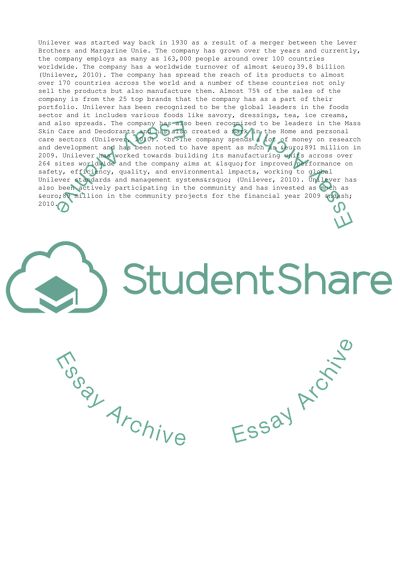Cite this document
(Brand Awareness: Unilever Case Study Example | Topics and Well Written Essays - 2750 words, n.d.)
Brand Awareness: Unilever Case Study Example | Topics and Well Written Essays - 2750 words. Retrieved from https://studentshare.org/business/1735102-unilever
Brand Awareness: Unilever Case Study Example | Topics and Well Written Essays - 2750 words. Retrieved from https://studentshare.org/business/1735102-unilever
(Brand Awareness: Unilever Case Study Example | Topics and Well Written Essays - 2750 Words)
Brand Awareness: Unilever Case Study Example | Topics and Well Written Essays - 2750 Words. https://studentshare.org/business/1735102-unilever.
Brand Awareness: Unilever Case Study Example | Topics and Well Written Essays - 2750 Words. https://studentshare.org/business/1735102-unilever.
“Brand Awareness: Unilever Case Study Example | Topics and Well Written Essays - 2750 Words”, n.d. https://studentshare.org/business/1735102-unilever.


